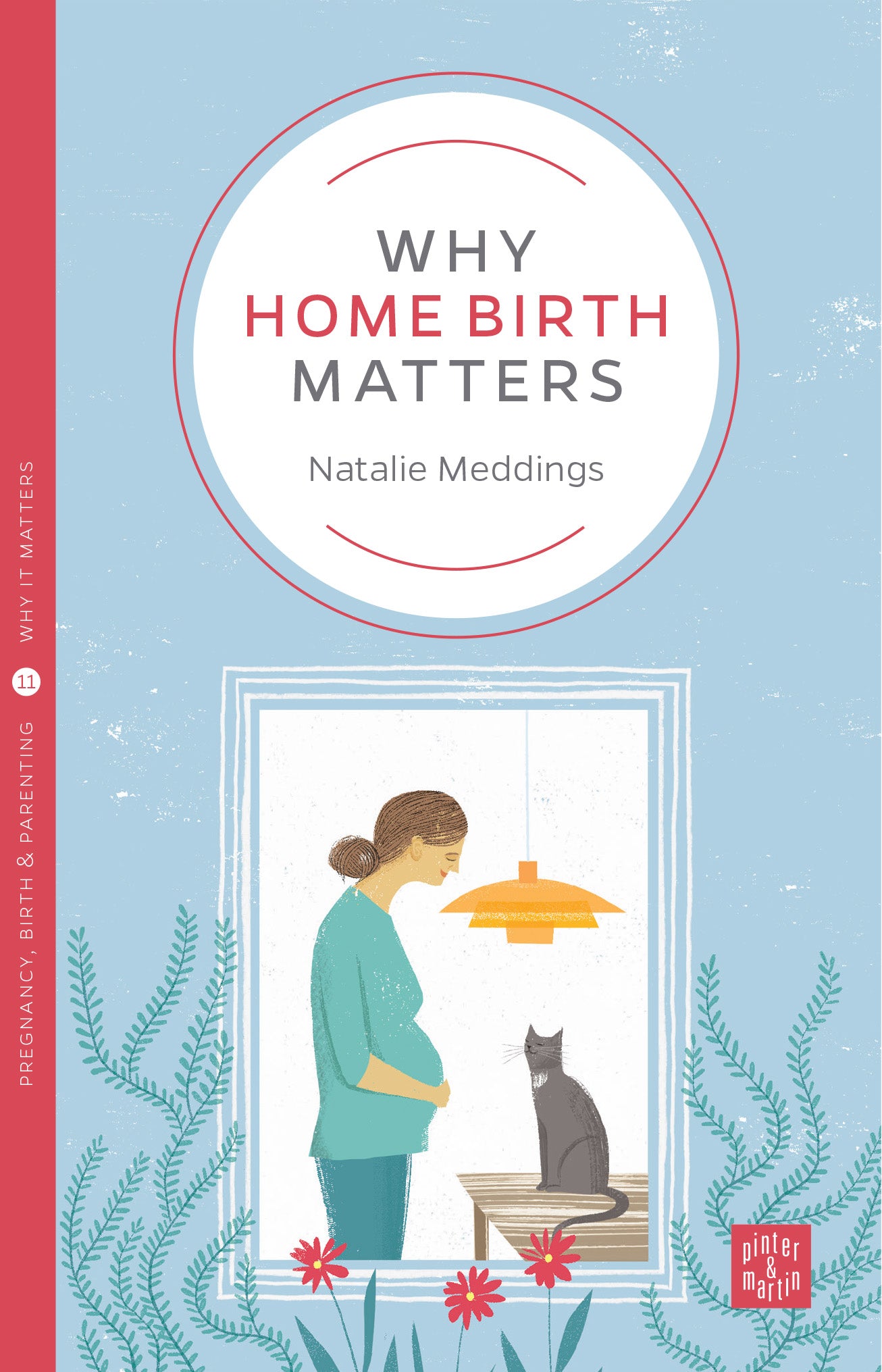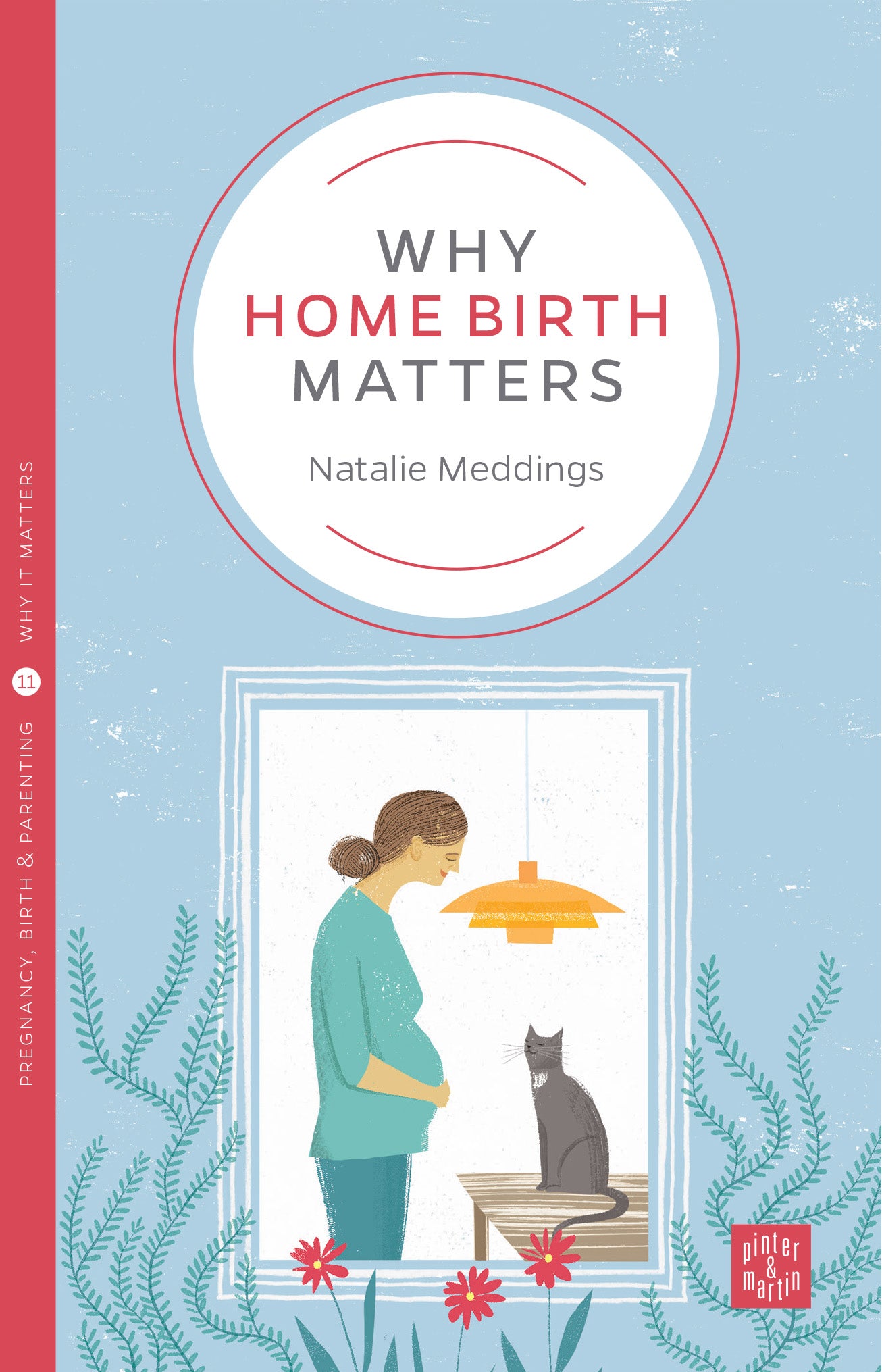1
/
of
1
Why it Matters
Why Home Birth Matters
Why Home Birth Matters
Regular price
£8.99
Regular price
Sale price
£8.99
Unit price
/
per
OFFER: 3 for 2 on all our books. We ship to the UK only. For other bookshops that stock our books see here.
Couldn't load pickup availability
In the 21st century, women are supposed to have a choice about where they give birth. But when that choice is home, women often encounter obstacles, despite robust evidence that birth at home is safe, beneficial and should be available for women who want it.
Why Home Birth Matters is a clear discussion of the reality of modern home birth, which aims to show how the home environment supports and powers the birth process, while encouraging parents to consider how it might work for them.
Share
ISBN: 9781780665559
Number of pages: 160
Published:
View full details

